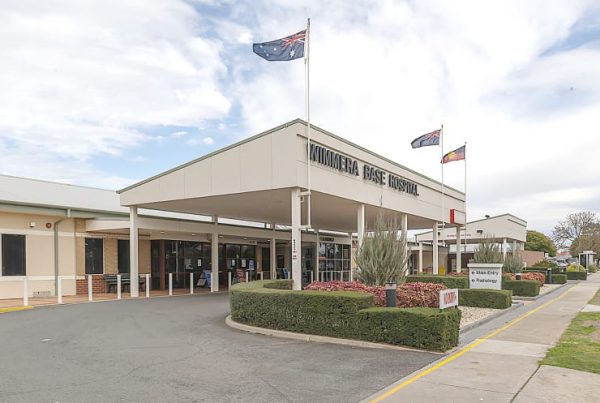The Australia’s Future Health Workforce report predicted that by 2030 there will be a deficit of 123,000 nurses and 5,000 doctors, and this doesn’t include the recent pandemic and its impact on the healthcare workforce.
By 2030, even the youngest baby boomers would have reached retirement age and gen X would have reached their mid 50’s. The workforce shortfalls are likely to be filled by the younger generations – the millennials and generation Z. It is estimated that 75% of the global workforce will be dominated by millennials and gen Z by 2030. These generations grow up in a very different environment and have different needs than their generational predecessors, and organisations will need to be prepared to adapt to their needs to attract and retain them.
A recent research surveying younger healthcare professionals under the age of 40 has shed some light on their needs, what they are looking for and what is important to them.
Underprepared for business administration and driving efficiencies in hospitals
57% of surveyed young healthcare professions in Australia said that they are unprepared for business and administrative tasks; with 1 in 3 saying that their medical education did not prepare them to drive efficiencies within their hospital or practice.
Believes technology can streamline their workload
The younger generation are often referred as tech savvy or digital natives, so it comes as no surprise that their belief in technology also translate to their work life. 92% of younger Australian health professionals believe that the right technologies have potential to reduce their workload; while 73% expect the adoption of the right technologies to decrease their stress levels.
Work-life balance is more important than pay
Workplace culture (97%) and work-life balance (94%) are the top two priorities when Australia’s younger healthcare professionals choose a place to work. In fact, a survey from Seek last year also revealed that healthcare and medical professions rated work-life balance over salary or compensation as their number one priority when it comes to making their next career move.
The good news is, as a healthcare organisation, harnessing the right technology has the potential to address the younger healthcare professions’ concerns.
Remove admin tasks and drives efficiency with technology
Workforce technology for instance, can remove the labour-intensive and manual administrative tasks from the healthcare workers. With an e-Rostering system that enables you to set up roster demands based on the organisations’ unique needs, and the ability to apply logical patterns that can be pre-defined for each individual employee means that a roster can be automatically generated to fulfill the demands. Depending on the system, some rostering solutions like Optima’s roster analyser enables you to check the roster against set budget, safety requirement, effectiveness and other KPIs to help minimise any oversights and drive efficiencies.
COVID-19 has proven workforce management technology to be vital as it gives the hospitals control over a situation that is quite out of control. From absence management to contact tracing, updated skills allocation to redeploying staff, the right rostering solution can give you live data to make the best decision right then and there, as well as provide you data to model and plan for different scenarios.
Provide an easy avenue for staff to manage their working life
Just as they do with their personal lives, the younger generations rely on technology to help manage their life. Providing tools that enable staff to manage their work life can empower them to gain control over their work life and achieve the balance they want.
Some workforce management solution offers complementary tools for such purpose. Allocate’s Employee Online, for instance, is an online portal designed to be a one-stop shop for staff to manage their working life – from looking at roster, checking or booking leave, managing timesheets, self-booking casual shifts, submitting expenses to checking any HR related information. And they can manage all that both on-site or at home; via a desktop or mobile.
To fill the health workforce shortage in the next 10 years, hospitals and healthcare organisations will need to act now to create an environment and culture that attracts and retains the younger healthcare professionals. Finding the right technology can be of big help here. Allocate’s workforce management solution is designed for the unique needs of the Australian healthcare sector. Reach out today if you would like to understand how we can help you meet the needs of the younger healthcare professionals.




